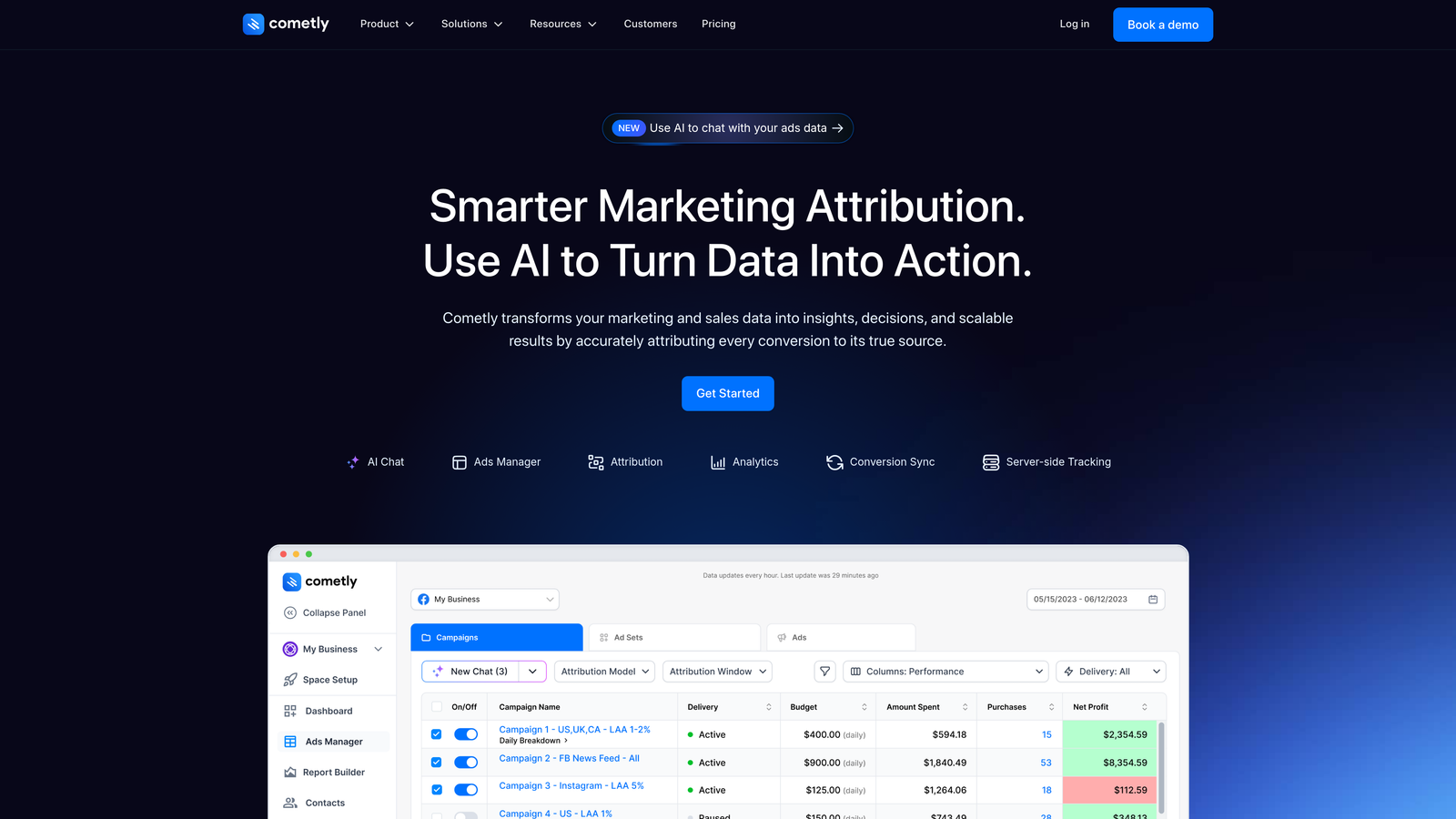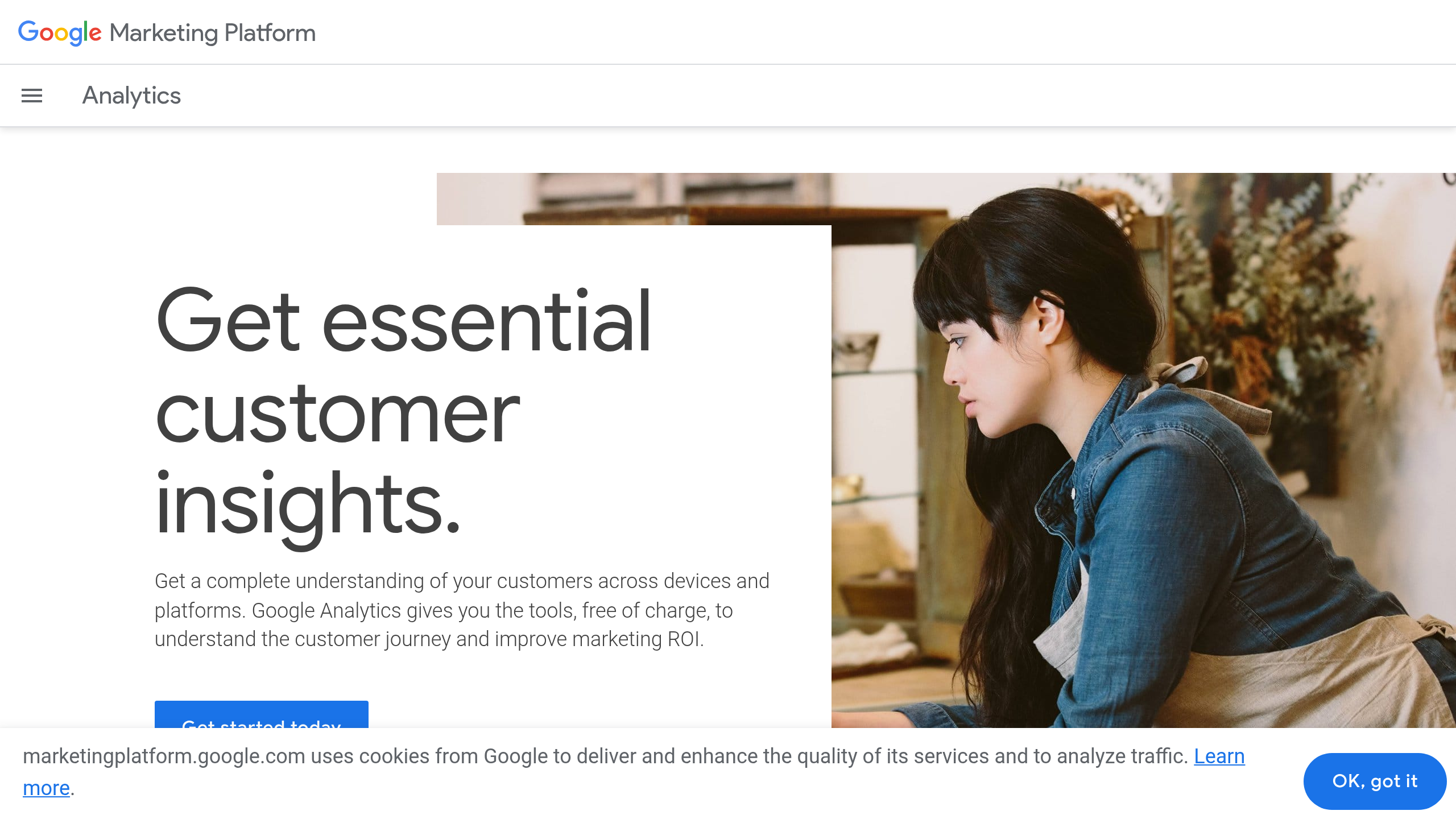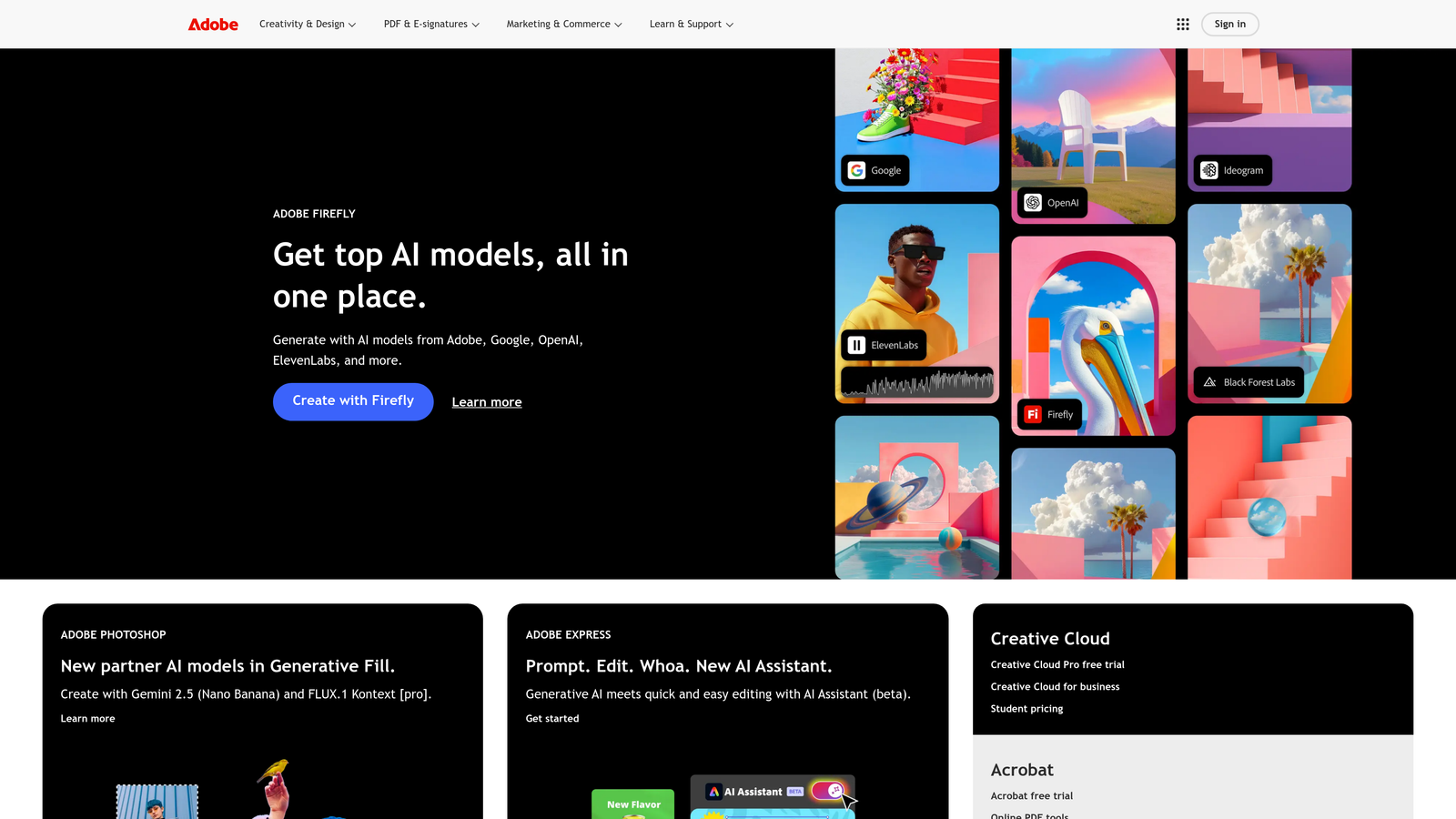The world of marketing has evolved rapidly, and with it, the need for precise attribution and measurement has become paramount. Imagine launching a vibrant new campaign, but when the dust settles, you’re left guessing which elements truly drove conversions. This is a common dilemma marketers face today. The complexity of consumer journeys, coupled with the multitude of channels available, makes it challenging to pinpoint what works and what doesn’t. Without clear insights, businesses may misallocate resources, miss out on valuable opportunities, and ultimately suffer from lower ROI.
Accurate attribution and measurement empower marketers to make informed decisions, ensuring that their efforts translate into real business results. By understanding which channels and campaigns yield the best returns, businesses can optimize their strategies, focusing on what truly drives success. For instance, a company that carefully analyzes its data can identify underperforming ads and reallocate budgets to high-performing ones, leading to better overall performance.
In this article, we’ll explore the top attribution and measurement tools available today, highlighting their unique features and how they can transform your marketing strategies. Let's dive into the top 5 tools that can help you enhance your marketing performance and achieve better results.
Best for: Marketing teams looking for real-time optimization and insights.
Cometly is a marketing attribution and analytics platform that shows exactly which ads and channels drive leads and revenue.

Cometly connects your ad platforms, CRM, and website to track the entire customer journey in real time. This seamless integration allows marketers to analyze ad performance comprehensively, compare attribution models, and make data-driven decisions to scale campaigns effectively. For more on how to setup datalake for marketing attribution, check out this resource.
Overview & Background: Launched with the vision of demystifying marketing attribution, Cometly leverages AI to deliver insights that empower users to optimize their marketing strategies dynamically. The platform's user-friendly interface makes it accessible for teams of various sizes.
1. Real-Time Data Analysis: Cometly provides immediate insights into campaign performance, enabling quick adjustments for optimal results.
2. Comprehensive Touchpoint Tracking: From ad clicks to CRM events, every interaction is captured, providing a complete picture of customer journeys.
3. AI-Driven Recommendations: The platform utilizes AI to identify high-performing ads and campaigns, helping users scale with confidence.
How It Works: By aggregating data from multiple sources, Cometly enriches user information, allowing for precise attribution. This leads to actionable insights that help marketers understand the effectiveness of each channel and campaign.
Pricing & Plans: Cometly offers flexible pricing models, catering to different user needs, from startups to larger enterprises.
Why It's Great for Marketing Teams: Cometly’s AI capabilities and comprehensive tracking ensure that marketers can focus on scaling their successful campaigns while accurately measuring their performance.
Cometly stands out in the crowded field of marketing attribution tools with its unique set of features designed to empower marketers in making data-driven decisions. Below are some of the core features that make Cometly a valuable asset for marketing teams:
1. Multi-Channel Attribution: Cometly enables users to track and allocate credit across various marketing channels, from social media to email campaigns. This multi-channel attribution model helps businesses understand the complete customer journey and how different touchpoints contribute to conversions.
2. Customizable Attribution Models: The platform allows users to choose from various attribution models, such as first-click, last-click, and linear attribution. This flexibility enables marketers to tailor their analysis based on their specific business needs and goals.
3. Real-Time Data Insights: One of Cometly's standout features is its ability to provide real-time insights into campaign performance. This immediacy allows marketers to react quickly to underperforming campaigns and optimize their strategies on the fly.
4. User-Friendly Dashboard: Cometly’s intuitive dashboard presents data in a visually appealing and easy-to-understand format. This design ensures that users can quickly access the information they need without navigating through complex menus.
5. Integration Capabilities: The platform seamlessly integrates with various ad networks, CRM systems, and analytics platforms, allowing for a holistic view of marketing performance. This integration ensures that all relevant data is captured and analyzed in one place.
6. AI-Powered Recommendations: Cometly leverages artificial intelligence to analyze data and provide actionable recommendations. This feature helps marketers identify high-performing campaigns and suggests optimizations to improve overall effectiveness.
7. Comprehensive Reporting: Users can generate detailed reports that highlight key performance metrics, enabling teams to assess the impact of their marketing efforts. These reports can be customized to focus on specific campaigns or channels, providing granular insights.
Conversion API and Conversion Sync Feature: In the domain of performance marketing platforms, the Conversion API and Conversion Sync feature are essential for enhancing data accuracy and reliability. The Conversion API allows businesses to send both web and offline events directly to their marketing platforms, bypassing the limitations of browser-based tracking. This is particularly advantageous in today's landscape, where privacy regulations and browser restrictions are increasingly curtailing traditional tracking methods.
By implementing the Conversion API, marketers can capture a more holistic view of customer interactions. This direct server-to-server communication facilitates improved attribution of conversions to specific marketing efforts, enabling businesses to make more informed decisions regarding their marketing strategies. Furthermore, the Conversion Sync feature promotes seamless integration of conversion data across various platforms, ensuring that all marketing channels remain aligned with the latest conversion information. This unified approach helps marketers understand the contribution of different channels to overall success, optimizing resource allocation and allowing for timely campaign adjustments.
For instance, consider a hypothetical scenario where a company employs both online and offline marketing strategies. Utilizing the Conversion API would enable them to track customer actions in physical stores based on their online engagements. Such a comprehensive strategy can lead to more effective marketing initiatives and an enhanced return on investment (ROI).
By utilizing these core features, Cometly empowers marketing teams to enhance their attribution and measurement processes, ultimately leading to improved marketing performance and ROI.
Best for: Businesses seeking comprehensive web analytics.
Google Analytics is known for its extensive tracking capabilities and integration with other Google services.

This tool stands as a cornerstone for marketers, providing invaluable insights into user behavior, traffic sources, and conversion tracking. To understand more about multi touch attribution models for data, consider reviewing this informative article.
Overview & Background: Google Analytics has been a go-to analytics tool since its inception, continually evolving to meet the needs of digital marketers. Its robust data collection methods allow businesses to track user interactions across websites and apps.
Key Features:
1. Audience Insights: Understand who your users are, where they come from, and their behavior on your site.
2. Traffic Source Tracking: Analyze which channels drive the most users and conversions, allowing for informed marketing decisions.
3. Conversion Goals: Set up and track specific goals to measure the effectiveness of different campaigns and marketing strategies.
How It Works: By placing tracking codes on your website, Google Analytics collects data about user activity, which is then displayed in an intuitive dashboard.
Pricing & Plans: Google Analytics offers a free version with extensive features, and a premium tier, Google Analytics 360, for enterprises requiring advanced capabilities.
Why It's Great for Businesses: With its comprehensive tools and ease of use, Google Analytics helps businesses of all sizes gain insights into user behavior and improve their marketing strategies.
Best for: Inbound marketers and sales teams.
HubSpot combines marketing, sales, and customer service metrics into one seamless platform.

This integration provides a holistic view of customer interactions, making it easier for teams to coordinate their efforts and improve overall performance. For insights on types of marketing analytics, be sure to explore this resource.
Overview & Background: HubSpot has established itself as a leader in inbound marketing, providing tools that cater to all aspects of the customer journey. Its CRM capabilities further enhance the effectiveness of its marketing tools.
Key Features:
1. Lead Tracking: Monitor how leads interact with your content and nurture them through the funnel.
2. Marketing Automation: Automate marketing tasks to save time and improve efficiency in lead nurturing.
3. Performance Reporting: Generate reports that help teams understand their performance across various channels.
How It Works: HubSpot integrates directly with your website and marketing channels to gather data, providing insights into customer interactions and marketing effectiveness.
Pricing & Plans: HubSpot offers a free tier, with additional features available through various paid plans designed for different business needs.
Why It's Great for Inbound Marketers: HubSpot’s all-in-one platform simplifies the process of tracking and optimizing marketing efforts, making it easier for teams to achieve their goals.
Best for: Large organizations needing sophisticated analytics.
Adobe Analytics offers advanced reporting capabilities that cater to enterprises with complex data needs.

This tool is designed for those who require in-depth analysis and real-time insights into customer behaviors and trends. For more on how to use analytics to drive business growth, check this link.
Overview & Background: Part of the Adobe Experience Cloud, Adobe Analytics provides powerful features tailored for large enterprises, helping them make data-driven decisions.
Key Features:
1. Segmentation: Create detailed segments to analyze specific customer groups effectively.
2. Predictive Analytics: Utilize machine learning to forecast customer behavior and optimize marketing strategies accordingly.
3. Real-Time Data Visualization: Access live data to make timely decisions that impact your marketing efforts.
How It Works: Adobe Analytics integrates with various data sources, allowing for a comprehensive analysis of customer interactions across multiple platforms.
Pricing & Plans: Pricing is custom based on the specific needs of the organization, making it suitable for larger enterprises with distinct requirements.
Why It's Great for Enterprises: Adobe Analytics’ advanced features provide large organizations with the insights necessary to understand complex customer journeys and optimize their marketing strategies effectively.
Best for: Businesses prioritizing user behavior tracking.
Mixpanel focuses on tracking user interactions and engagement, making it ideal for product teams and marketers.

By analyzing user behavior, Mixpanel helps businesses understand how customers interact with their products and services. For insights on top alternatives to marketing analytics software, check this link.
Overview & Background: Mixpanel is designed to provide insights into user engagement, helping teams measure the success of their products and optimize the user experience.
Key Features:
1. Funnel Analysis: Identify where users drop off in your processes and optimize accordingly.
2. Cohort Tracking: Analyze user behavior over time to understand retention and engagement trends.
3. A/B Testing: Test different versions of your product to see which performs best with your audience.
How It Works: Mixpanel collects data on user actions, allowing teams to visualize and analyze user interactions in real time.
Pricing & Plans: Mixpanel offers a freemium model, with advanced features available on various paid tiers.
Why It's Great for Product Teams: Mixpanel’s focus on user engagement makes it a powerful tool for businesses looking to enhance their products and optimize user experiences.
To help you better understand how each attribution and measurement tool compares, here’s a table summarizing their key features, ideal use cases, and pricing models:
This comparison highlights the unique strengths of each tool, allowing you to choose the one that best fits your marketing attribution and measurement needs.
Understanding attribution and measurement is essential for modern marketing success. The tools we've explored—Cometly, Google Analytics, HubSpot, Adobe Analytics, and Mixpanel—each offer unique features that can help you track performance, analyze data, and derive actionable insights. By leveraging these tools, you can pinpoint what drives your marketing success and allocate resources effectively.
Start your journey towards better marketing attribution today. Explore these tools, assess which best fits your needs, and implement them to enhance your marketing strategies. Get your free demo of Cometly to see how it can transform your approach to marketing attribution and measurement!
Learn how Cometly can help you pinpoint channels driving revenue.
.svg)
Network with the top performance marketers in the industry